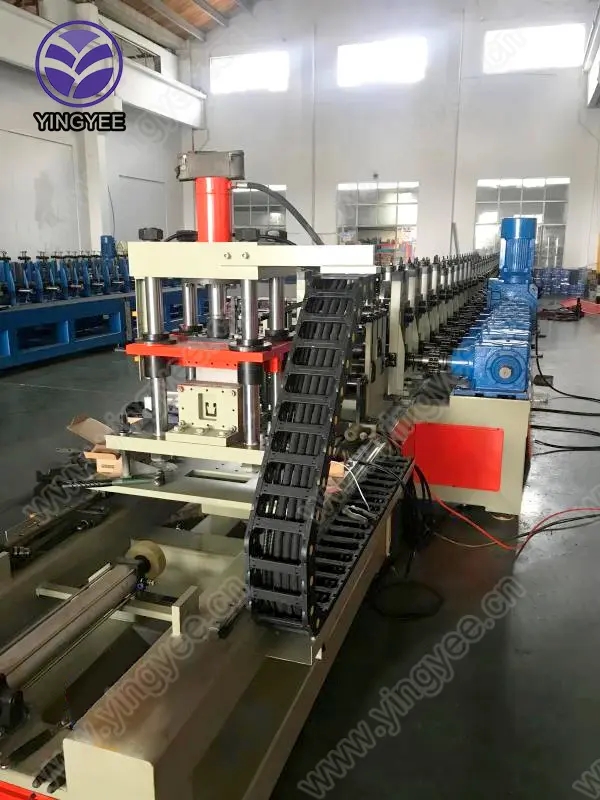
The Evolution and Impact of Composite Floor Deck Forming Machinery
Composite floor deck forming machinery represents a significant advancement in the construction industry, particularly in the realm of high-rise buildings and commercial structures. This machinery is essential for creating composite steel floor systems, which integrate both steel and concrete to provide enhanced structural integrity while reducing weight. As the demand for efficient, cost-effective construction solutions increases, the role of composite floor deck forming machinery has become more prominent.
Understanding Composite Floor Decking
Composite floor decking involves a combination of metal decking, typically made of steel, and a structural concrete topping. This system not only allows for the efficient use of materials but also contributes to improved load distribution, fire resistance, and sound insulation. The use of composite floor decks has become a popular choice in modern architecture due to their versatility and the myriad benefits they offer.
The Machinery Behind It
Composite floor deck forming machinery is engineered to manufacture steel decks that are integral to the construction process. This machinery can vary widely in sophistication, from simple manual tools to advanced automated systems that utilize robotics and digital controls. The primary functions of these machines include cutting, shaping, and profiling steel sheets into designated deck configurations.
One of the most notable advancements in this machinery is the ability to produce deck panels with complex designs and specific load-bearing characteristics tailored to project requirements. Modern machines are equipped with computer numerical control (CNC) capabilities that enhance precision and reproducibility. By employing such technology, manufacturers can reduce material waste and lower production costs, contributing to more sustainable construction practices.
The Benefits of Composite Floor Deck Machinery
1. Efficiency The automation of the production process significantly speeds up manufacturing times, allowing for quicker turnaround on construction projects. This efficiency is particularly beneficial in large-scale developments where time is money.

2. Quality Control Advanced machinery allows for stringent quality control measures during production. By ensuring that each deck meets specific engineering standards, the structural integrity of buildings is safeguarded, reducing the risk of failures or costly repairs down the line.
3. Cost-Effectiveness The ability to produce custom components reduces the overall expenditure for contractors. With precision manufacturing, there is less need for extensive labor, and materials can be utilized more effectively, leading to lower overall project costs.
4. Safety Improvements Automated processes minimize human error and mitigate workplace accidents. By reducing manual labor and the inherent risks that come with it, construction sites can operate more safely.
5. Environmental Impact Modern forming machinery is designed to optimize material use and reduce waste. Additionally, the lightweight nature of composite floor systems can lead to reductions in concrete usage, thereby decreasing the carbon footprint of construction projects.
The Future of Composite Floor Decking Technology
As the construction industry evolves, so too will the technologies associated with composite floor deck forming machinery. Innovations in materials science, such as the development of high-strength cold-formed steel and eco-friendly concrete mixtures, are likely to integrate into machinery designs. Additionally, the potential for artificial intelligence and machine learning to create more optimized forming processes is an exciting frontier that could redefine production capabilities.
Furthermore, the increasing trend towards sustainability in construction will drive demand for machinery that can facilitate greener building practices. This includes not only the efficient use of materials but also the recycling of existing materials and the incorporation of sustainable sourcing practices in manufacturing processes.
In conclusion, composite floor deck forming machinery is at the forefront of modern construction techniques. Its ability to enhance efficiency, quality, and sustainability marks it as an indispensable tool in the fabric of contemporary building practices. As technology continues to progress, these machines will undoubtedly evolve, pushing the boundaries of what can be achieved in the realm of structural engineering and construction. With every advancement, the industry moves closer to creating safer, more sustainable, and cost-effective buildings that can withstand the test of time while meeting the demands of a growing population.